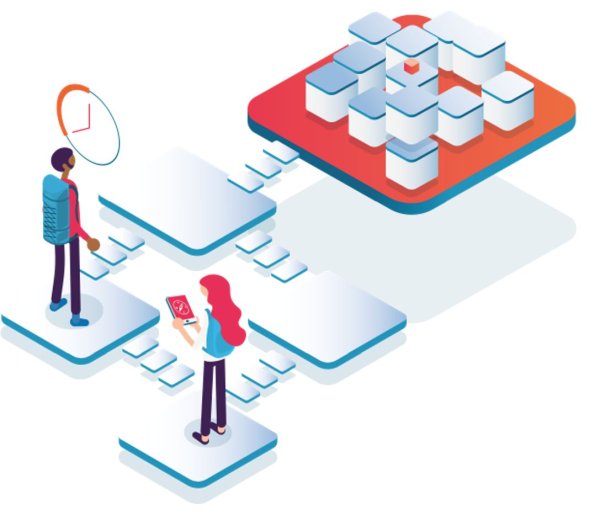Are test design techniques useless when you test SAP? 4 examples to find the right balance for SAP Testing.
How can business key users in an SAP project add value to the test design process? Their knowledge of the business process is crucial. Therefor It is important for key users to know how they should create test cases for the new SAP solution and which knowledge is required from them.
Key users can use test design techniques and their experience to test the new SAP solution. Test design techniques provide a structured and systematic approach to testing, which can help ensure comprehensive coverage of the SAP system scope and minimize the risk of overlooking important areas. The experience and business knowledge of key users is also very valuable in identifying issues that may not be apparent through test design techniques alone. To test the systems’ functionality and usability, key user should always test the system from the perspective of end users based on real-world scenarios.
The most used test design techniques and approaches for key users for a new SAP solution depend on the specific project, risks and the testing objectives. Some commonly used test design techniques and approaches for SAP testing that key users can use are:
- Equivalence Partitioning: This technique involves dividing the input data into groups of valid and invalid inputs. Key users can use this technique to test specific fields or inputs within the system. In a specific group, the system behavior is similar (equivalent) for every value of the parameter and as such, equivalence partitioning can reduce the amount of test cases while still giving a clear level of coverage.
- Boundary Value Analysis: This technique involves testing values at the upper and lower limits of a range. Commonly, there is a higher risk of faults in a system around a boundary in the value range of a variable.
- Path Testing: This technique involves demonstrating that all combinations of N consecutive paths in a process flow are covered. A path in this context consists of all steps between a decision point and the next decision point, or between the start and the first decision point, or between the last decision point and the end. By combining paths from start to end of a business process, all possibilities of following the business process flow are tested with a demonstrable coverage.
- Exploratory Testing: This is not a formal technique, but an experienced based test approach which involves exploring the system with an open mind to identify potential issues. Key users can use this approach to test the system's usability, workflow, and user interface. This technique is the most versatile experience-based approach of testing. It is also structured in its approach as it is performed by pairs of testers, who use charters and logs, and end every exploratory testing session with a debriefing with one or more stakeholders.
A good practice for the business key user when doing Exploratory Testing is using their business process knowledge to test critical processes, validate compliances and standards and uses functional and technical experiences for (historically) known weak spots in existing processes. It's worth noting that the most effective approach is to use a combination of coverage-based test design techniques and experience-based approaches.
Assigning the right amount of time for Key Users to spent on SAP testing
An often used argument against assigning business key users to assist in SAP Testing is their limited amount of available time. A counter argument to this can be that the amount of time business key users will spend on testing depends on the specific SAP project needs and the level of involvement required. In general, it is recommended that key users are involved and allocated throughout the entire testing process, early in the explore phase up to the realize and run phases. The actual amount of time required will vary based on the complexity of the solution being implemented and the level of testing required. Keep in mind, as key users are also involved in many other non-test and quality related activities, it is important to communicate the required time commitment upfront to the key users (and their responsible managers). As soon as their collaboration is confirmed and allocated, provide them with support and training to ensure their participation is as efficient and effective as possible. There is no optimal balance in time required from the business key users for testing activities. During the explore phase less time is required on testing (more on requirement refinement). During the realize phase, more time is required for test execution related activities.
The main benefit to involve key users early in the project is that this way your main stakeholders become part of the transformation journey. They get to understand WHY an organization is making these changes. And because they are part of the WHY and are involved along the whole journey from the beginning, the key users are far more likely to become ambassadors to embrace and share the new solution.

Soundbite
This blog can also be listened to:
Published: 26 June 2023
Author: Pepijn Paap
Serie of blogs around the topic:
TMAP: Quality Engineering for SAP
- Quality Gates in SAP testing: what’s in it for me?
- How can key users proof and add value in different project phase and test varieties while testing SAP?
- Why an SAP Test Strategy? Testing is testing, right?
- Are test design techniques useless when you test SAP?
- 5 Arguments why you need SAP business key users for your SAP (test) project.
- Line up your SAP End-to-End Testing
- Why are Key Users essential in SAP Testing?
